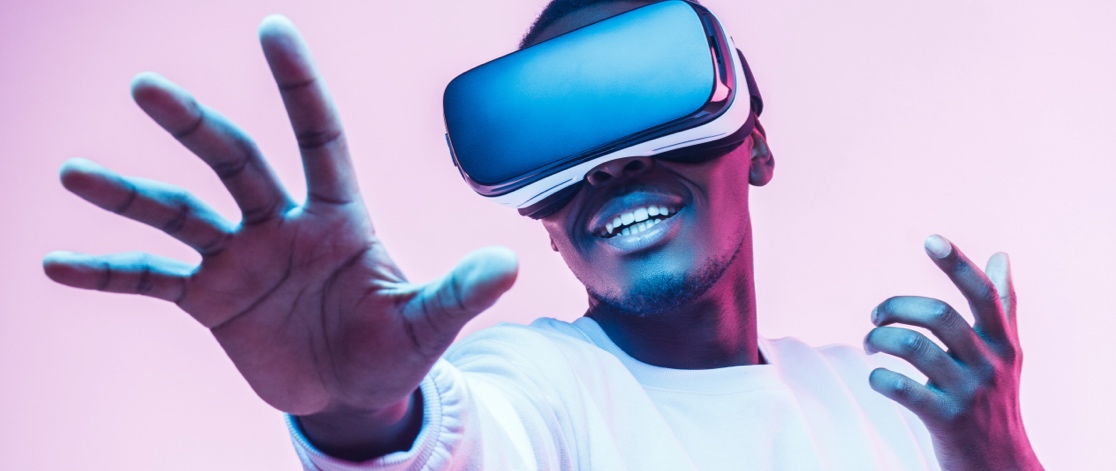INNOVATION
Augmented Reality: Experiencing is Believing
INNOVATION
Augmented Reality: Experiencing is Believing


Brands have an endless array of digital tools to help target and persuade online consumers to buy their products or services. As a result, consumers are bombarded with a dizzying onslaught of marketing messages designed to stand out and grab their attention.
Ironically, by every brand trying their best to stand out in the digital marketplace, no brand stands out in the digital marketplace. And it’s not just the sheer volume of marketing messages that make it hard for a brand to break through the clutter. The problem is that when a consumer experiences hundreds, if not thousands of digital sales pitches a day, they end-up blurring together into a cacophony of sight, sound, and little else.
A digital experience that once dazzled and delighted us 20 years—even 5 years ago—now seems dull and dated. What once elicited a “WOW” from consumers now inspires “what have you done for me lately?” In our current digital ecosystem, users are completely overwhelmed with common experiences that are easily forgotten. To be truly memorable requires brands to not just attract a consumer’s attention but to tap into their minds.
Augmented Reality (AR) presents brands with an opportunity to distinguish themselves from competitors with a unique customer experience. Through AR, brands can tell a more immersive, intriguing story through a means that consumers are much less familiar with. And, when you are less familiar with something you tend to pay more attention to what it is you’re hearing and seeing. This makes an AR experience more “sticky,” which creates a higher likelihood of a person not just retaining the memory of the experience but retaining it with greater clarity and for longer.
Take, for example, a furniture company. By leveraging AR, they can provide their customers with the ability to actually see how that new sofa they’re considering purchasing will look with the rest of their living room furniture. Instead of the salesperson telling the customer to “imagine” what the sofa would look like, with AR, they don’t have to imagine. And AR can be used for more than just making retail experiences more memorable. It can also be used for education and training purposes.
One study, in particular, illustrates what a difference AR can make in a classroom setting. In the study, the grades obtained by students that were taught using AR were better than the grades obtained by students that were taught using traditional methods. In fact, those taught using AR had increased memory recall of 2-4 weeks longer than traditionally taught students, and a 30% higher accuracy of what took place in the experience. Think of it like this.
Which method do you think would be more effective in learning how to drive? Reading a manual that tells you how to drive, or, getting behind the wheel and driving? This is what makes Augmented Reality such a powerful tool: it’s based on the idea that an experience is more effective, meaningful, and memorable than an explanation.
Augmented Reality is still in its infancy. But every day, its potential is being realized by more retail brands looking for a competitive advantage, and educational institutions and training facilities looking to help students better understand and retain knowledge.
Want even more educational content?
Subscribe below to get timely content delivered to your inbox,
or fill out the form below to speak to a Peakster about your next project.

DIGITAL MARKETING
Top 10 Photos of Developers Staring At Screens

DIGITAL STRATEGY
5 Ways Retailers Can Make Influencer Marketing More Influential

ECOMMERCE